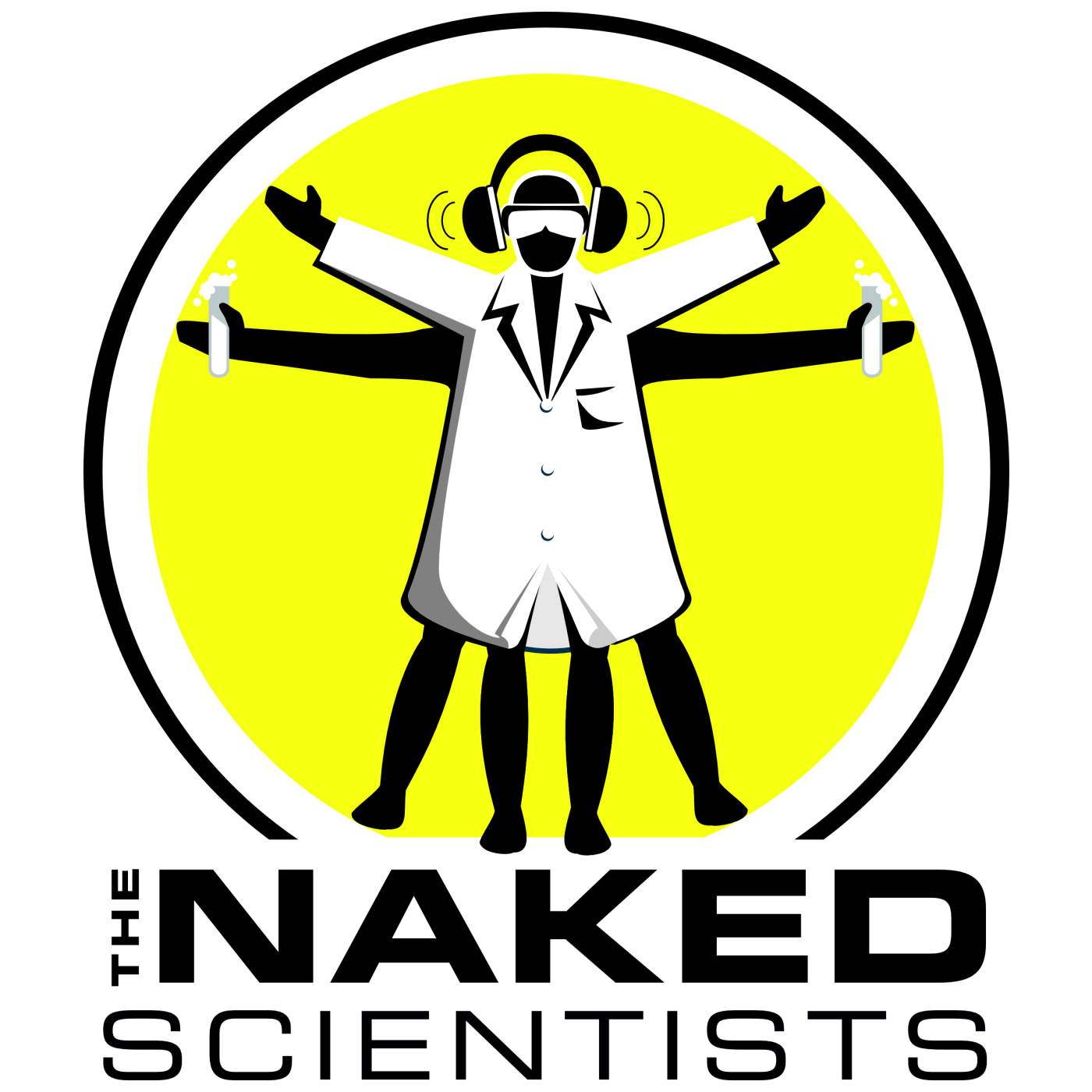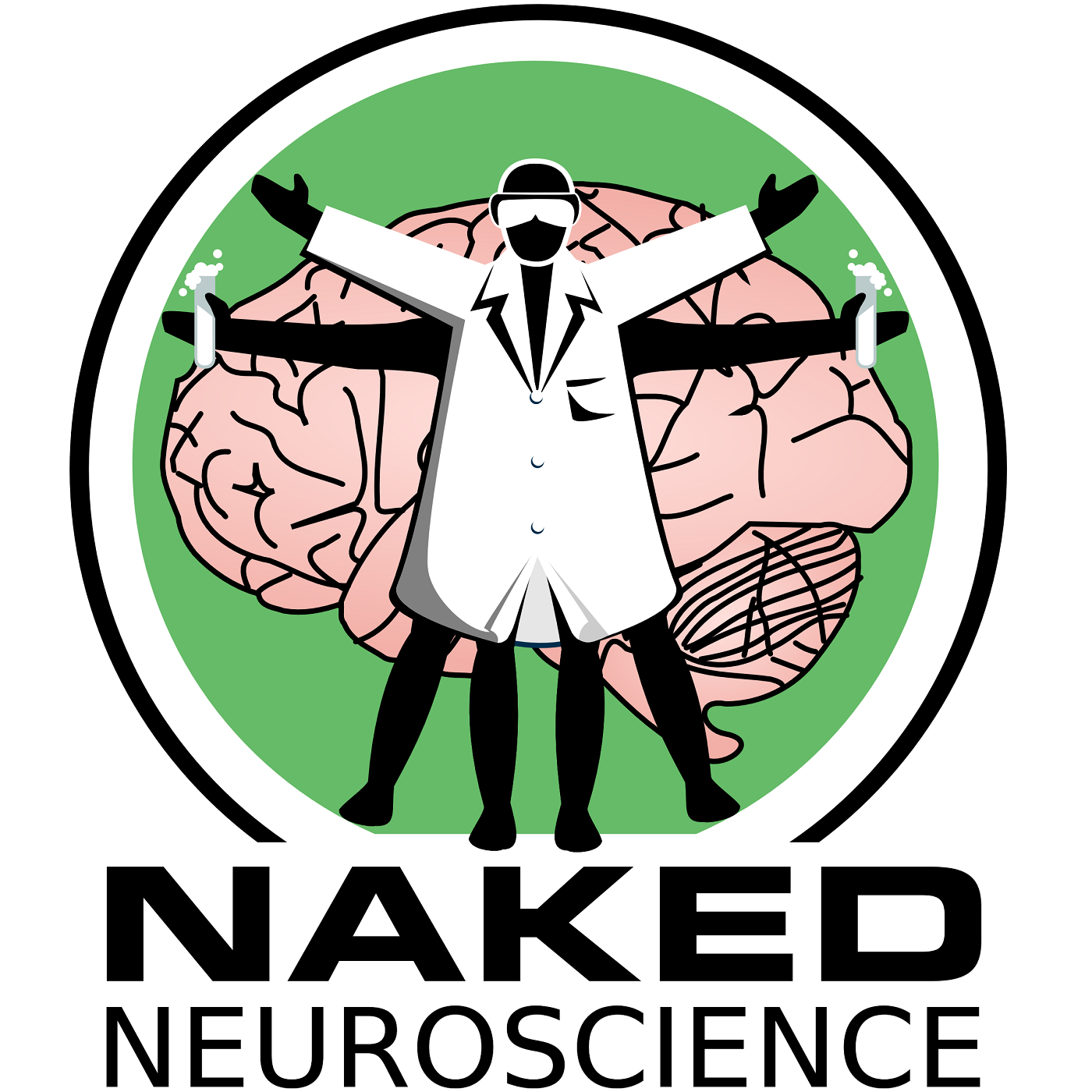
Heliox: Where Evidence Meets Empathy
Join our hosts as they break down complex data into understandable insights, providing you with the knowledge to navigate our rapidly changing world. Tune in for a thoughtful, evidence-based discussion that bridges expert analysis with real-world implications, an SCZoomers Podcast
Independent, moderated, timely, deep, gentle, clinical, global, and community conversations about things that matter. Breathe Easy, we go deep and lightly surface the big ideas.
Curated, independent, moderated, timely, deep, gentle, evidenced-based, clinical & community information regarding COVID-19. Since 2017, it has focused on Covid since Feb 2020, with Multiple Stores per day, hence a sizeable searchable base of stories to date. More than 4000 stories on COVID-19 alone. Hundreds of stories on Climate Change.
Zoomers of the Sunshine Coast is a news organization with the advantages of deeply rooted connections within our local community, combined with a provincial, national and global following and exposure. In written form, audio, and video, we provide evidence-based and referenced stories interspersed with curated commentary, satire and humour. We reference where our stories come from and who wrote, published, and even inspired them. Using a social media platform means we have a much higher degree of interaction with our readers than conventional media and provides a significant amplification effect, positively. We expect the same courtesy of other media referencing our stories.
Heliox: Where Evidence Meets Empathy
🔥The Ancient Element That's Revolutionizing Modern Technology
Please see episode substack for more insight.
The oldest technology we know is reshaping our future at the nanoscale, hidden in plain sight
You're surrounded by invisible nanotechnology right now.
It's in the tires of your car. The bright white paint on your walls. The optical fibers bringing you this article. Even the mRNA vaccines that helped end a global pandemic.
And here's what almost nobody realizes: most of it was forged in fire.
Using fire to produce nanoparticles could revolutionize various industries
This is Heliox: Where Evidence Meets Empathy
Independent, moderated, timely, deep, gentle, clinical, global, and community conversations about things that matter. Breathe Easy, we go deep and lightly surface the big ideas.
Thanks for listening today!
Four recurring narratives underlie every episode: boundary dissolution, adaptive complexity, embodied knowledge, and quantum-like uncertainty. These aren’t just philosophical musings but frameworks for understanding our modern world.
We hope you continue exploring our other podcasts, responding to the content, and checking out our related articles on the Heliox Podcast on Substack.
About SCZoomers:
https://www.facebook.com/groups/1632045180447285
https://x.com/SCZoomers
https://mstdn.ca/@SCZoomers
https://bsky.app/profile/safety.bsky.app
Spoken word, short and sweet, with rhythm and a catchy beat.
http://tinyurl.com/stonefolksongs
Curated, independent, moderated, timely, deep, gentle, evidenced-based, clinical & community information regarding COVID-19. Since 2017, it has focused on Covid since Feb 2020, with Multiple Stores per day, hence a large searchable base of stories to date. More than 4000 stories on COVID-19 alone. Hundreds of stories on Climate Change.
Zoomers of the Sunshine Coast is a news organization with the advantages of deeply rooted connections within our local community, combined with a provincial, national and global following and exposure. In written form, audio, and video, we provide evidence-based and referenced stories interspersed with curated commentary, satire and humour. We reference where our stories come from and who wrote, published, and even inspired them. Using a social media platform means we have a much higher degree of interaction with our readers than conventional media and provides a significant amplification effect, positively. We expect the same courtesy of other media referencing our stories.
well, cutting edge nanotechnology. It's pretty wild when you think about it. And what the materials you shared really drive home is that fire isn't just a method for making these tiny, tiny nanoparticles. It's often the main method, the primary way we produce many of them. It's kind of fundamental to this whole nanoworld. That's the surprising part, isn't it? And you, the listener, you're surrounded by this stuff. Nanotechnology. Think about the mRNA vaccines. Nano played a huge role there. Absolutely crucial technology. Or even just like everyday things, your car tires. That super bright white paint you see. Even the optical fibers bringing you the internet, bringing you this deep dive right now. Yeah, it's everywhere. Often totally hidden. Exactly. So our mission here is to figure out why. Why is fire so important for making these nanoparticles, these invisible building blocks that are, you know, in everything from medicine to communications? And the scale is just, well, massive. The sources point out that the vast majority of the nanoparticles we use commercially are fire made. Right. You mentioned tires. There was a stat. Yeah. Get this. Something like a third of the weight of a stand-up car tire is actually carbon black nanoparticles. A third? Wow. All made with fire. It gives the tire its strength, its durability. Okay, that's staggering. And it's not just tires. Oh no, that bright white paint. Often titanium nanoparticles, again, frequently made in flames, even the coatings on some pills. Huh, didn't know that. And those optical fibers for the internet, that's fumed silica. Guess how it's made. Let me guess. Fire. We got it. Fire. Fire. It's also used in gas sensors, like detecting dangerous methanol and cheap alcohol. You hear about those poisoning cases sometimes. Fire made nanoparticles can help detect that. Okay, so it's everywhere. But how? How does fire actually make something so incredibly small? We're talking tiny, right? right. Oh, incredibly tiny, like tens of thousands of times smaller than a human hair. The key technology, one of them anyway, is called flame spray pyrolysis. Flame spray pyrolysis sounds intense. Break that down for us. Sure. So pyrolysis basically just means breaking something down using heat. In this case, you're burning specific flammable chemicals. And these chemicals contain the metals you want to end up in your nanoparticle. Okay, so you're burning a kind of chemical soup. Sort of, yeah. And in that intense flame, everything oxidizes. The carbon turns into CO2. Hydrogen becomes water vapor, just like a normal fire. Right. But the key part is the metals. They react with oxygen to form metal oxides. Those oxides are the beginnings of the nanoparticle. Ah, okay. So the fire transforms the metals into these tiny oxide bits. Right. Then what? Then it all happens super fast. We're talking milliseconds. In that tiny window while they're still whipping around in the flame, these particles collide, stick together, and grow. Like microscopic popcorn. Huh. Maybe a bit like that. And the longer they spend in that hot zone, the more collisions happen, and generally the bigger they get. Then you just collect them, usually on some kind of filter. And you can actually control how they turn out. Like the size and stuff. Exactly. By tweaking things, especially how long they're in the flame, you can control the size, even the crystal structure inside the nanoparticle. It's like tuning an instrument to get the right note. So you can dial in the properties you need for, say, paint versus a tire. Precisely. And it gets better. You can make complex particles, too, with multiple elements. Just burn a mix of different precursor chemicals. like a nanoscale alloy made in fire. That's incredibly versatile. And the scale. You mentioned millions of tons a year. Yeah, the production volume is huge. It really underscores how central this fire method is. Okay, so let's contrast this. What's the alternative? You mentioned wet chemistry. Right. That's the more traditional lab-based approach using liquids. How does that compare? Is it slower? Oh, much slower and way more involved. Wet chemistry often means hours, sometimes days, of mixing chemicals in beakers and carefully heating things, maybe using centrifuges to separate stuff out. Sounds laborious. It can be. You need specific solvents, stabilizers, precise temperature control, and you usually only get small quantities at the end of it all. So scaling that up for industrial use sounds like a headache. And expensive. Definitely expensive. And scaling up has safety challenges, too. The sources brought up quantum dots as a really good example here. Ah, yes. Quantum dots. Huge potential, right? Displays, solar cells, medical stuff, Nobel Prize even recently. That's the one, the 2023 chemistry prize. They have amazing properties, potentially useful for carbon capture, too. But they're mostly made with wet chemistry. And that makes them... Astronomical. The article threw out a number like $45,000 per gram. Wow.$45,000 gram. Okay, that explains why we don't see them everywhere yet. Exactly. That cost is a massive barrier. So you compare that to the FIRE methods. Which are super fast. Milliseconds. Simpler, cheaper, much easier to scale up to industrial levels, and actually often safer too. So the potential to make things like quantum dots using FIRE... could be a game changer cost-wise. A huge game changer. Imagine making those high-value particles affordably and at scale. It could unlock so many applications. It really flips the script on fire being just this, you know, basic thing. But, okay, let's address the other side of the coin. Fire makes harmful stuff too, doesn't it? It's a good set. Absolutely crucial point. We can't ignore that. When things burn incompletely, you get soot. Think diesel exhaust, cigarette smoke. Yeah, that black stuff. And it's bad for your health, obviously. It's very bad. The sources link it to serious issues like cancer. And climate change, too, right? I remember reading soot is a big factor. A major factor. Some estimates put it as the third biggest contributor to global warming after CO2 and methane. And it might even be underestimated. So fire gives us these amazing nanoparticles, but also this harmful soot, a real double-edged sword. It is, but here's where it gets interesting, almost poetic like you said earlier. The same basic technology, flame spray pyrolysis, that we use to make useful nanoparticles. Researchers are also using it to study and figure out how to reduce harmful emissions like soot. Wait, really? How does that work? They can use it to simulate combustion, like in a jet engine, and see exactly how soot forms under different conditions. Then they can test ways to stop it. So they're using fire to fight fire zone pollution. In a way, yes. The article mentioned a study where they dramatically cut soot from burning jet fuel, like over 90% reduction, just by injecting air in the right place downstream in the flame. That's clever. So the tool itself helps find the solution. Exactly. It's become a vital tool for pollution research. Okay, so looking forward. Fire can do a lot, but not everything, right? There are limits. For sure. Not all nanoparticles can be made effectively with fire, as the sources point out. So research is definitely ongoing to find other methods for those tricky high-value ones. Like what? Any examples? Well, one big area mentioned is graphene. You know, that super strong single atom-thick carbon sheet? Right. The wonder material. Yeah. People are actively researching how to make graphene using fire-based methods efficiently and at scale. Imagine the possibilities there. That'd be huge. And then there's follow on work also mentioned about taking that fire made graphene and using something like UV light to kind of assemble it into larger usable structures, maybe for 3D printing complex objects. It's pushing boundaries. Feels like we're still just figuring out all the things fire can do at this tiny scale. What about medicine? The sources touched on that, too. Yeah, that's another area with huge untapped potential. Even though fire makes so many nanoparticles for industry, relatively few are actually FDA approved for medical use. How many are we talking? Around 30 types or so. Things like the lipid nanoparticles in COVID vaccines, which are crucial, or some iron-based ones for treating anemia. But nearly all of those are given by injection. Ah, okay. So not pills you can swallow. Right. And that's where there's a lot of room to grow. Exploring fire-made inorganic nanoparticles, the metal oxides and such, for new therapies, especially ones you could potentially take orally. Interesting. So making nanomedicine more accessible, maybe? Potentially, yeah. Using these scalable, potentially cheaper fire-made materials. There's just, as the source said, plenty of room to explore there. Okay, so wrapping this up, it seems clear fire, this ancient thing, is actually, well, incredibly modern. It's the powerhouse behind so many of these nanoparticles that drive our tech. From the mundane, like tires, to the cutting edge, like potential nanomedicines. And that efficiency and scalability compared to older methods is just... Right. It could make advanced materials much more common. And while we have to acknowledge the downside, the soot problem. It's fascinating that the same fire tech is helping us understand and maybe even solve that problem, too. It really is. So maybe the final thought for you listening is this. If fire, something so seemingly basic, holds these nanoscale secrets, What other everyday forces or simple processes might be hiding the keys to future breakthroughs? Yeah, what else have we overlooked that could be revolutionary at the nanoscale? Makes you think.


















